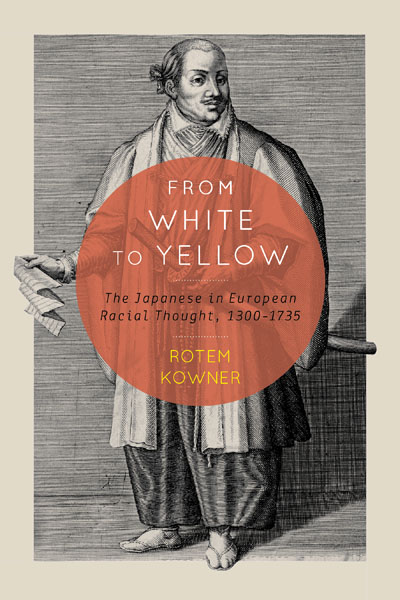The crime of miscegenation: racial mixing in slaveholding Brazil and the threat to racial purity in post-abolition United StatesPosted in Articles, Brazil, Caribbean/Latin America, History, Media Archive, Slavery, United States on 2016-08-27 18:45Z by Steven |
Revista Brasileira de História
Ahead of print 2016-08-08
24 pages
DOI: 10.1590/1806-93472016v36n72_007
Luciana da Cruz Brito
City University of New York
This article discuss how the Brazilian example was debated and appropriated by politicians, scientists, and other members of the white US elite, who in the post-abolition period were preparing a nation project which maintained the old slaveholding ideologies of white supremacy and racial segregation, lasting in the country until the twentieth century. In Latin America it was possible to assess the negative effects of racial mixing, while Brazil became an example of backwardness and degeneration, reinforcing the need for urgent segregationist policies in the United States. The question of racial mixing was linked to the production of a notion of national identity which was sustained by the idea of purity of blood and in opposition to Latin American societies.
Read the entire article in English or Portuguese.


